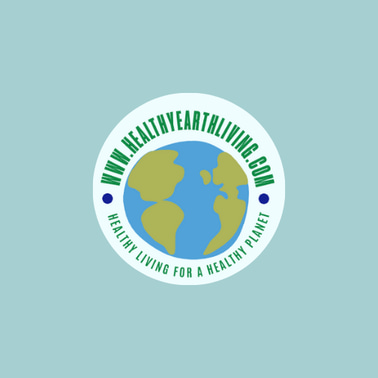How to Reduce Plastic Waste in Daily Life: 7 Practical Tips and Eco-Friendly Habits
Janelle Salo RN
7/12/20247 min read
Just a heads up, some of the links on this blog are affiliate links. This means if you click and make a purchase, I may earn a small commission—at no extra cost to you! Think of it as a tiny thank-you tip for my endless search for the best health, wellness, and sustainable living products. Rest assured, I only recommend things I truly love or wish I could hug in real life.
Importance of reducing plastic waste in today's world
I remember a time when drinking water was just something I got from the kitchen sink. Turn on the faucet, pour the water into a glass, and drink, or playing outside in the hot summer sun, grabbing the garden hose, and turning it on for a cool drink. Now, we actually pay for the one thing that we can get for free at home. How in the world did this happen?
Since 1979, (1) single-use plastic has been introduced in grocery stores and was a handy addition to our lives, so we thought. Now, single-use plastic has become a worldwide plague, finding its way into our landfills, oceans, parks, and beaches.
Reducing plastic waste is critical to preventing environmental degradation, protecting wildlife, and preserving natural resources for future generations. It also reduces greenhouse gas emissions associated with plastic production and disposal.
Impact of plastic pollution on the environment and wildlife
Plastic pollution poses a significant threat to the environment and wildlife, contaminating oceans, soil, and air and endangering ecosystems worldwide. Marine animals often mistake plastic debris for food, leading to ingestion and entanglement, which can result in injury or death.
Understanding the Problem: Why Plastic Waste Matters
Statistics on global plastic production and waste
Each year, the world produces over 350 million metric tons of plastic (2) , and this number continues to rise. Unfortunately, a substantial portion of this plastic is used for single-use items, like disposable plastic drinking bottles, contributing to a staggering amount of plastic waste that persists in our environment for centuries, impacting ecosystems and human health.
Environmental consequences of plastic pollution
Plastic pollution has severe environmental consequences, such as contaminating waterways and soil, disrupting ecosystems, and harming marine life. The breakdown of plastics into microplastics also threatens organisms throughout the food chain, including humans, due to the potential ingestion and accumulation of toxic chemicals. Addressing plastic pollution is critical to safeguarding biodiversity and preventing long-term ecological damage.
Practical Tips for Reducing Plastic Waste
Switch to Reusable Bags and Containers
Using reusable canvas grocery bags helps reduce the demand for single-use plastics, lowering overall plastic waste and its environmental impact. Additionally, these bags are often sturdier and more spacious than plastic alternatives, making them convenient and reliable for shopping trips.
I use and recommend the Creative Green Life Reusable Grocery Bags, which are available for $27.99 on Amazon. They're not only sturdy but also kind of cute! In fact, they're so sturdy, you could also use them as a beach bag or to haul anything that's really heavy.
Choosing durable and eco-friendly containers reduces plastic waste and promotes sustainability by minimizing the need for disposable packaging. These containers are typically made from materials like glass or stainless steel, which are more environmentally friendly and can be reused multiple times, contributing to a greener lifestyle.
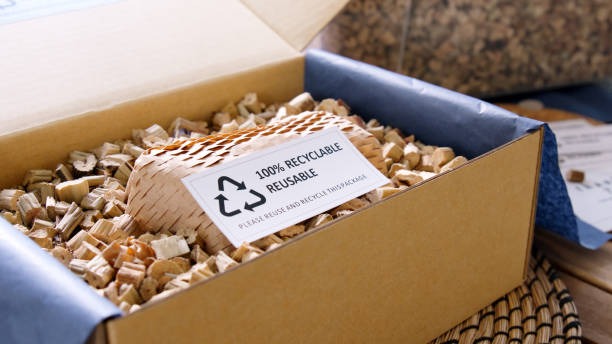

Say No to Single-Use Plastics
Alternatives to plastic straws, utensils, and cups include reusable options made from durable and eco-friendly materials like stainless steel, bamboo, or silicone. These alternatives help significantly reduce plastic waste by eliminating the need for single-use plastics in daily activities.
Incorporating reusable items into daily routines involves simple changes such as carrying a reusable water bottle, coffee mug, and utensil set, which can be easily washed and reused throughout the day. Individuals can substantially reduce plastic consumption and promote sustainability by making these minor adjustments. I recommend the Hydro Flask Stainless Steel Standard Mouth Water Bottle with Flex Cap and Double-Wall Vacuum Insulation for $28.74 on Amazon. It's leak proof and keeps my water cold all day and night. Plus, it comes in a lot of really cute colors!


Opt for Eco-Friendly Packaging
Choosing products with minimal or recyclable packaging helps reduce overall waste and environmental impact by minimizing the use of non-recyclable materials. Opting for items packaged in recyclable materials encourages a more circular economy where materials can be reused or repurposed, reducing landfill waste.
Supporting businesses with sustainable packaging encourages the adoption of eco-friendly alternatives such as biodegradable packaging or packaging made from recycled materials. By endorsing these practices, consumers reduce plastic pollution and promote environmentally responsible business practices within their communities.
Making Sustainable Choices in Daily Habits
Shop Smart: Buy in Bulk and Choose Package-Free Options
Bulk shopping reduces packaging waste by allowing consumers to purchase products in larger quantities with minimal or no packaging, decreasing overall plastic consumption and environmental impact. Additionally, buying in bulk often results in cost savings and promotes a more sustainable shopping habit.
Package-free products can be found locally at zero-waste stores, farmers' markets, and refill stations specializing in eco-friendly goods. Online platforms like Earth Hero, dedicated to sustainable living and zero-waste products, offer a wide range of package-free options that can be conveniently shipped to your doorstep, making adopting environmentally friendly shopping practices easier.

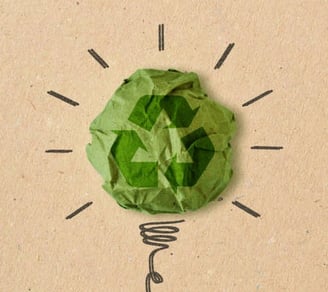
(The 3 R’s) Reduce, Reuse, Recycle
Strategies for reducing overall consumption include a minimalist approach to purchasing goods and prioritizing quality over quantity. By consciously evaluating needs versus wants, individuals can minimize their environmental footprint and reduce the demand for new plastic products.
Creative ways to reuse plastic items before recycling involve repurposing containers for storage, using plastic bottles as planters or crafting materials, and transforming plastic packaging into DIY organizers or art projects. These initiatives extend the plastics' lifecycle and promote creativity and sustainability in daily practices.
Another great reusable discovery that I've been using in my home is Swedish Dishcloths. They are super absorbent for cleaning up spills, great for washing dishes and countertops, and can be washed and dried in your laundry machine and dryer. Instead of reaching for paper towels, try using Swedish Dishcloths instead on Amazon. A pack of 10 costs only $17.25.


DIY Solutions for Reducing Plastic Waste
Homemade Cleaning Products and Personal Care Items
Recipes for DIY cleaners, soaps, and beauty products offer a sustainable alternative to store-bought items by using natural ingredients that are often less harmful to the environment and health. Making these products at home also reduces reliance on plastic packaging and allows customization to fit personal preferences and sensitivities.
One of my favorite DIY body scrubs is so simple that you may already have these ingredients at home!
Mix:
1 part granulated sugar
1 part coconut oil
For one of the best body scrubs that leaves your skin soft, smooth, and smelling terrific!
Add essential oils and coffee grounds to brighten your skin, leaving it soft, smooth, and refreshed. You can reuse the same container whenever you run out and need to make more! At $21.50 for 84 oz. the Kirkland Coconut oil is a steal & deal on Amazon!
Reducing plastic packaging from store-bought items decreases waste and lowers the carbon footprint associated with manufacturing, transporting, and disposing of plastic. Additionally, opting for products with minimal or recyclable packaging helps preserve natural resources and supports a cleaner environment for future generations.
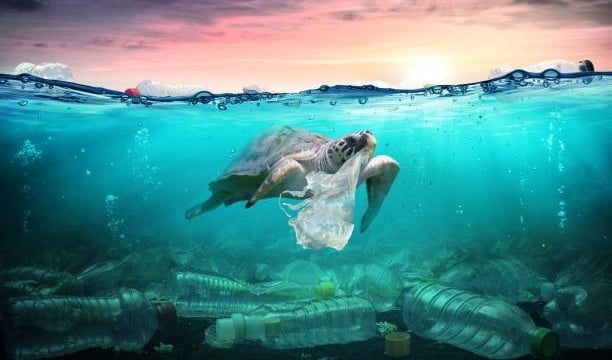

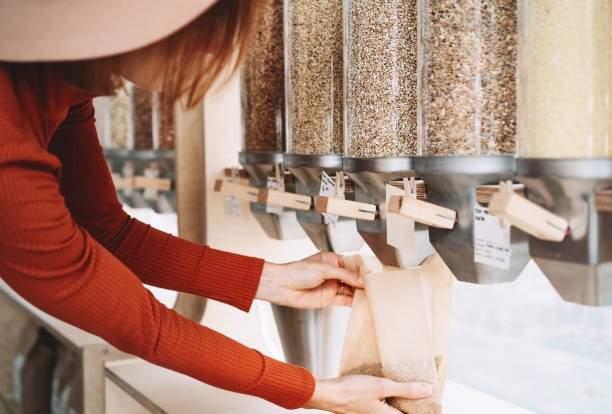

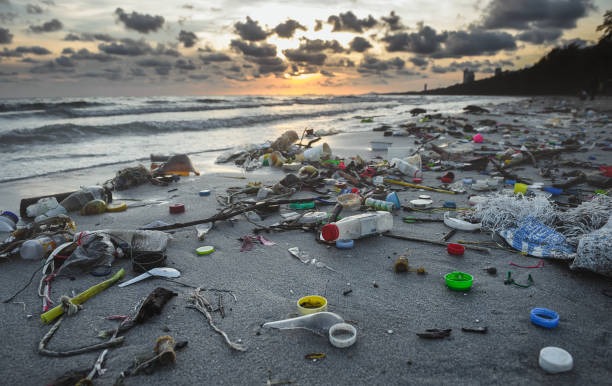

Overcoming Challenges and Staying Motivated
Dealing with Convenience and Social Pressures
Tips for maintaining sustainable habits in social settings include bringing your reusable utensils and containers, politely declining single-use plastics, and encouraging others to join in by explaining the environmental benefits of these choices. By leading by example and sharing personal experiences, individuals can inspire friends and family to adopt similar habits and collectively reduce plastic waste.
Sharing educational resources, organizing community events like plastic-free challenges or workshops, and highlighting success stories of individuals or communities making a positive impact through sustainable practices are ways to inspire others to reduce plastic waste.


Bottom Line
Recapping the importance of reducing plastic waste underscores its critical role in preserving ecosystems, wildlife, and human health from the harmful effects of pollution. Individuals contribute directly to slowing climate change by minimizing plastic consumption and waste and promoting a cleaner, more sustainable future for all.
Implementing changes today involves taking small, actionable steps, such as switching to reusable alternatives, supporting businesses with sustainable practices, and advocating for policy changes that prioritize the environment. No matter how small, every effort counts towards collectively reducing plastic waste and creating a positive impact on our planet.








Support Plastic-Free Initiatives
One of my favorite things to do as a dive instructor was guiding my students on reef clean-ups, cleaning up a reef where a cruise ship had been docked and where people were throwing cans, plastic bottles and other trash overboard. Getting involved in local community efforts, such as beach or reef clean-ups or recycling drives, encourages a sense of environmental safekeeping and directly contributes to reducing plastic pollution on a grassroots level. These initiatives also create opportunities to educate others about the importance of sustainable practices and inspire collective action.
Advocating for policy changes, such as plastic bans or incentives for eco-friendly alternatives, can drive systemic improvements in waste management and promote sustainable packaging practices. Supporting eco-friendly businesses by choosing products from companies committed to reducing plastic use, like Georgonics, and adopting environmentally responsible practices encourages market shifts toward more sustainable consumer choices.




© 2025 Salo Content Writing LLC, all rights reserved
Join the Movement for a Healthier Planet! 🌿
Subscribe now and get your FREE Sustainable Living Checklist! Plus, enjoy weekly articles and delicious plant-based recipes straight to your inbox. Let’s make sustainable living simple and inspiring, one email at a time! 💚✨
